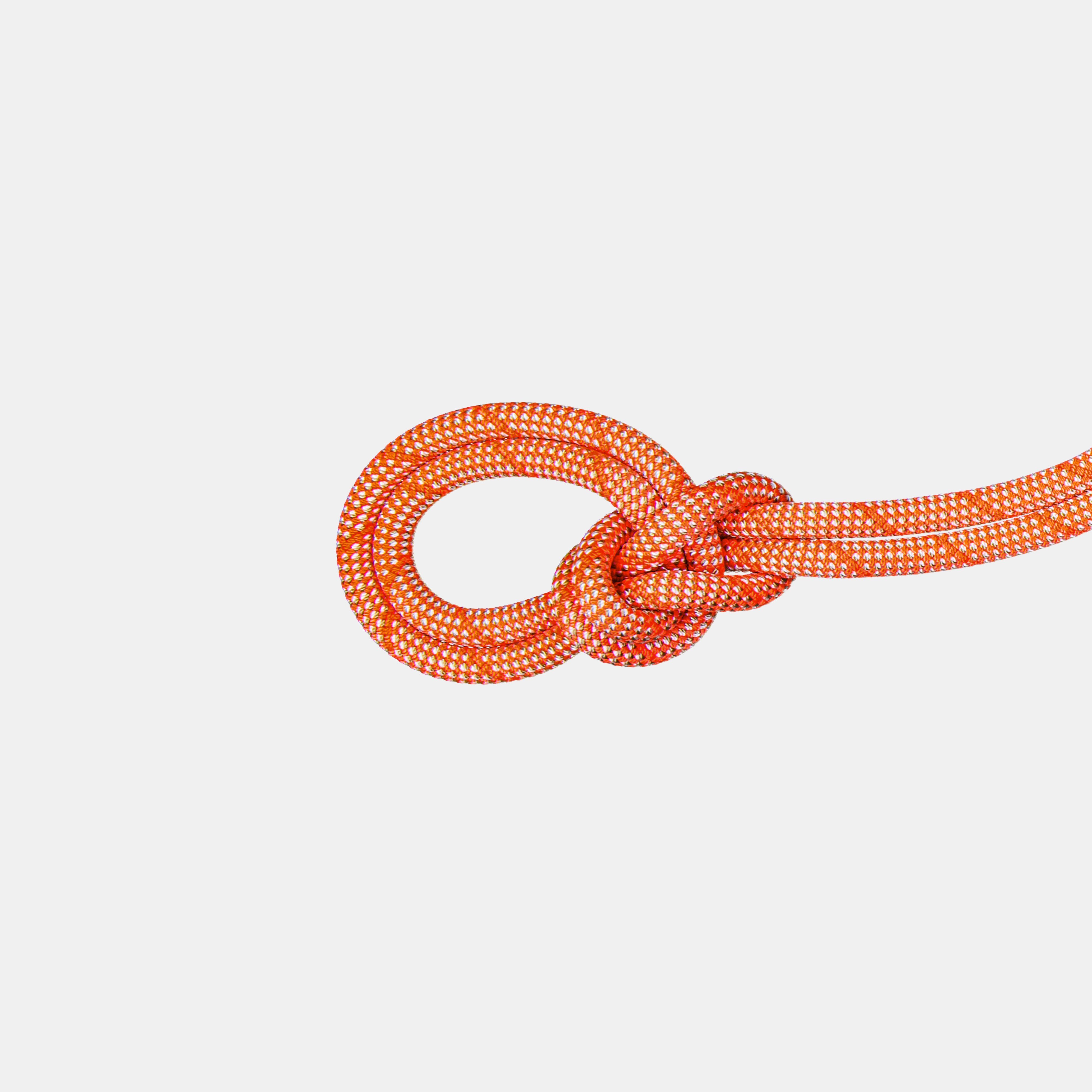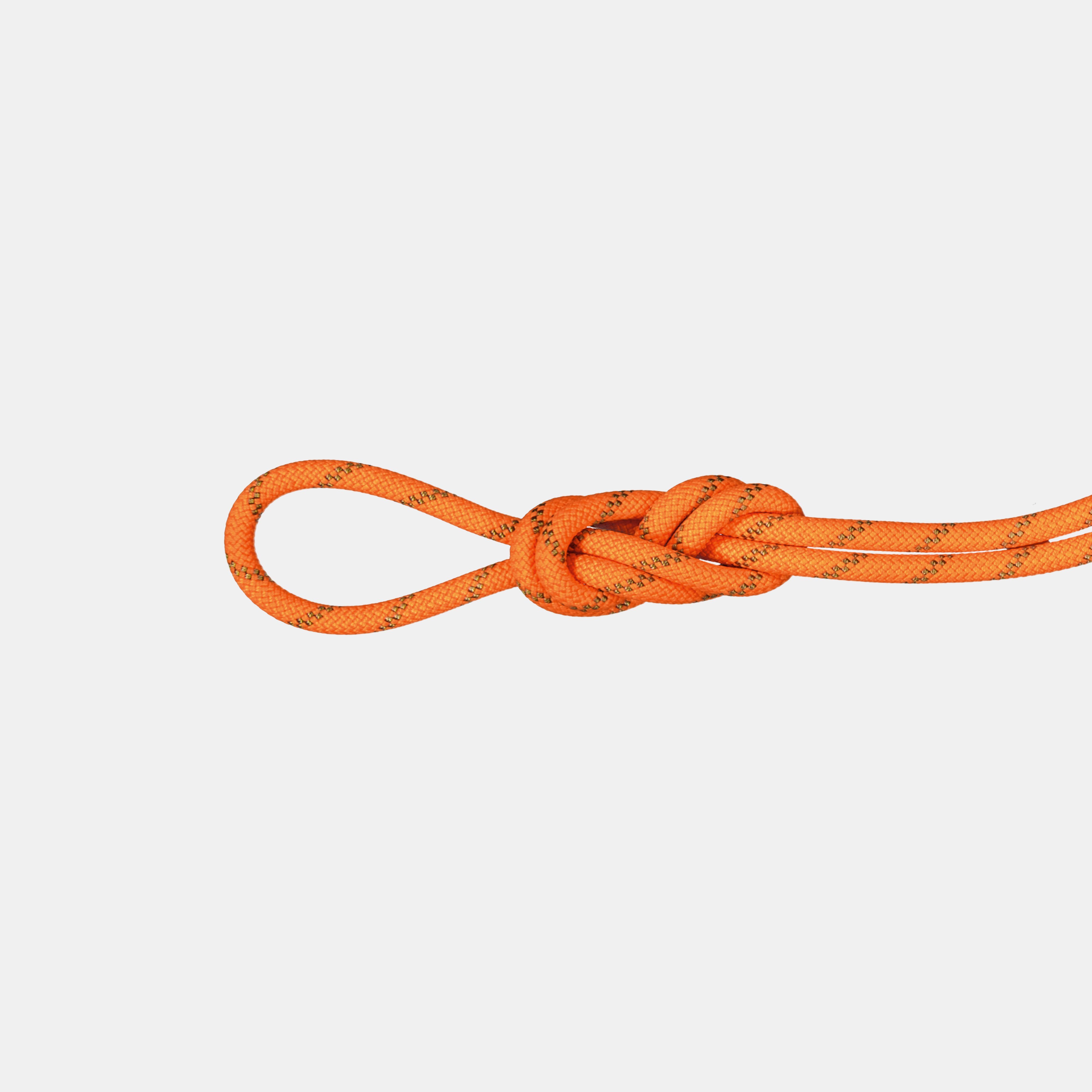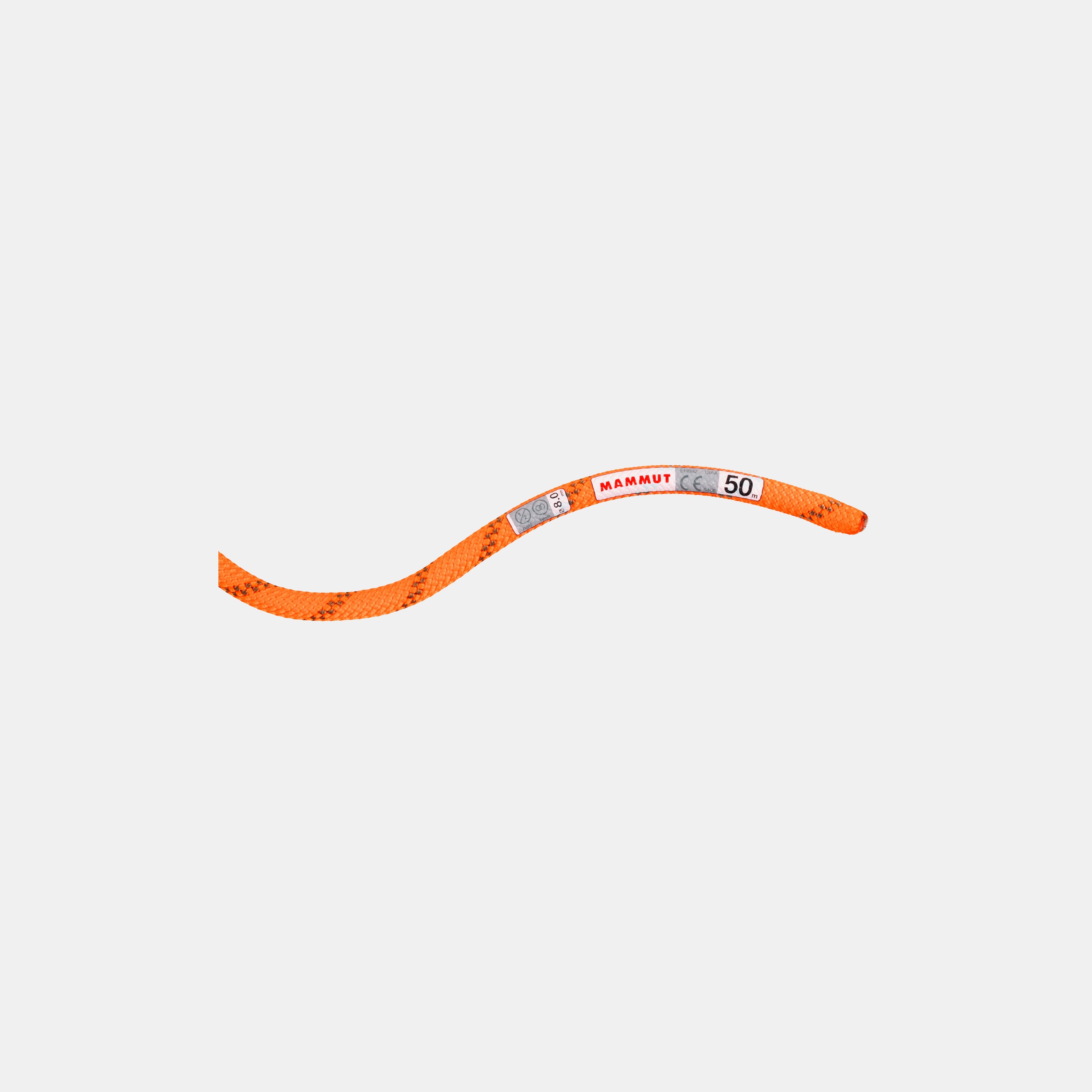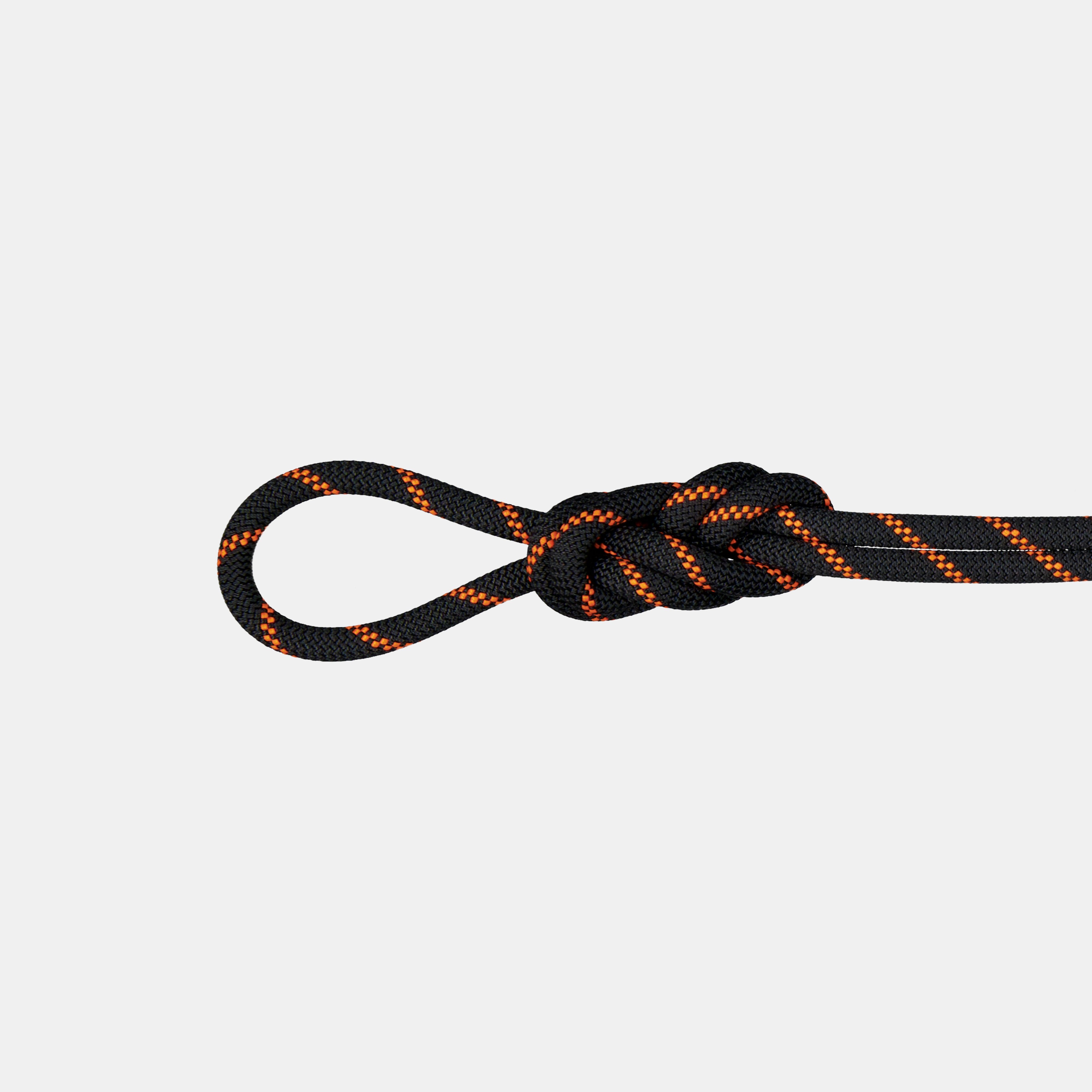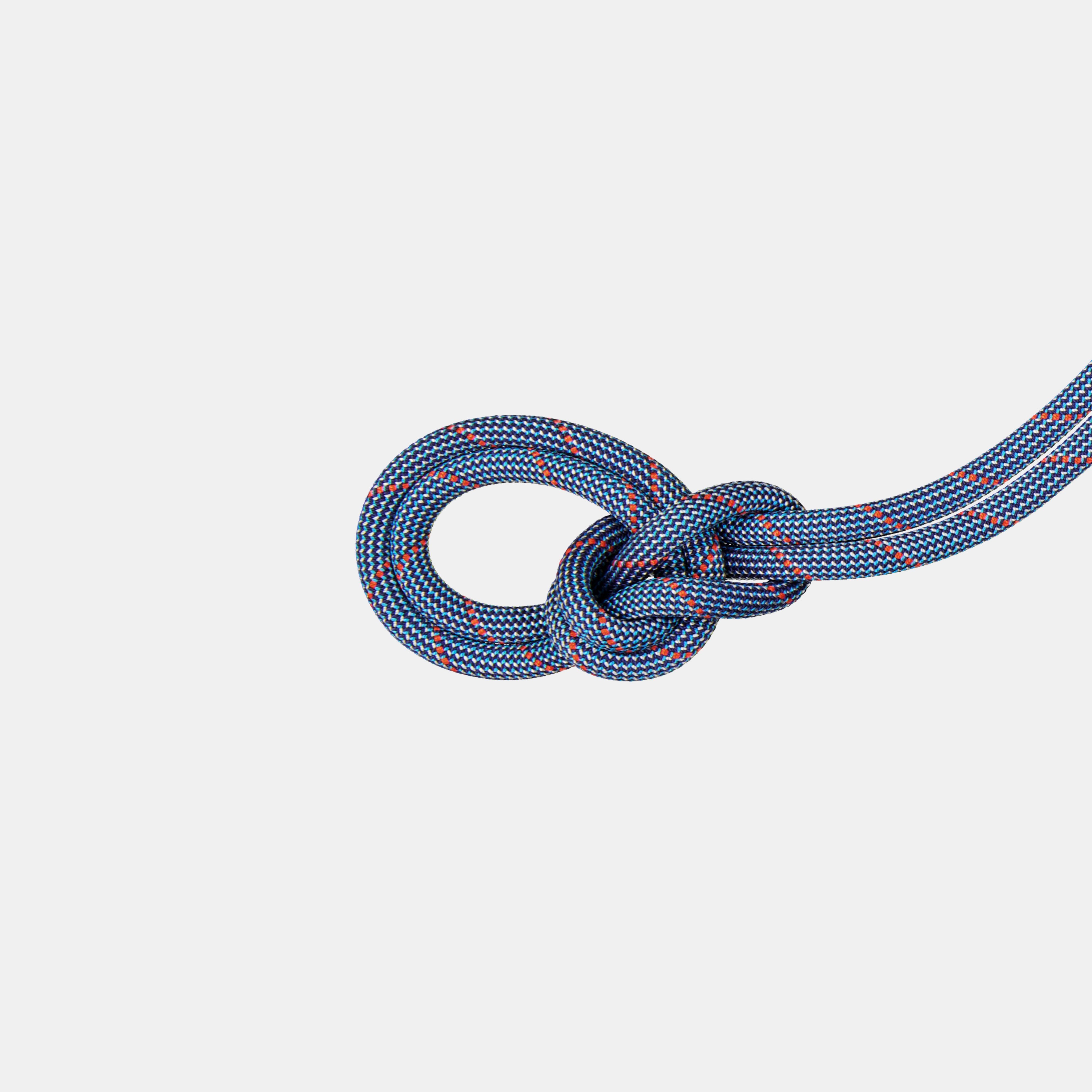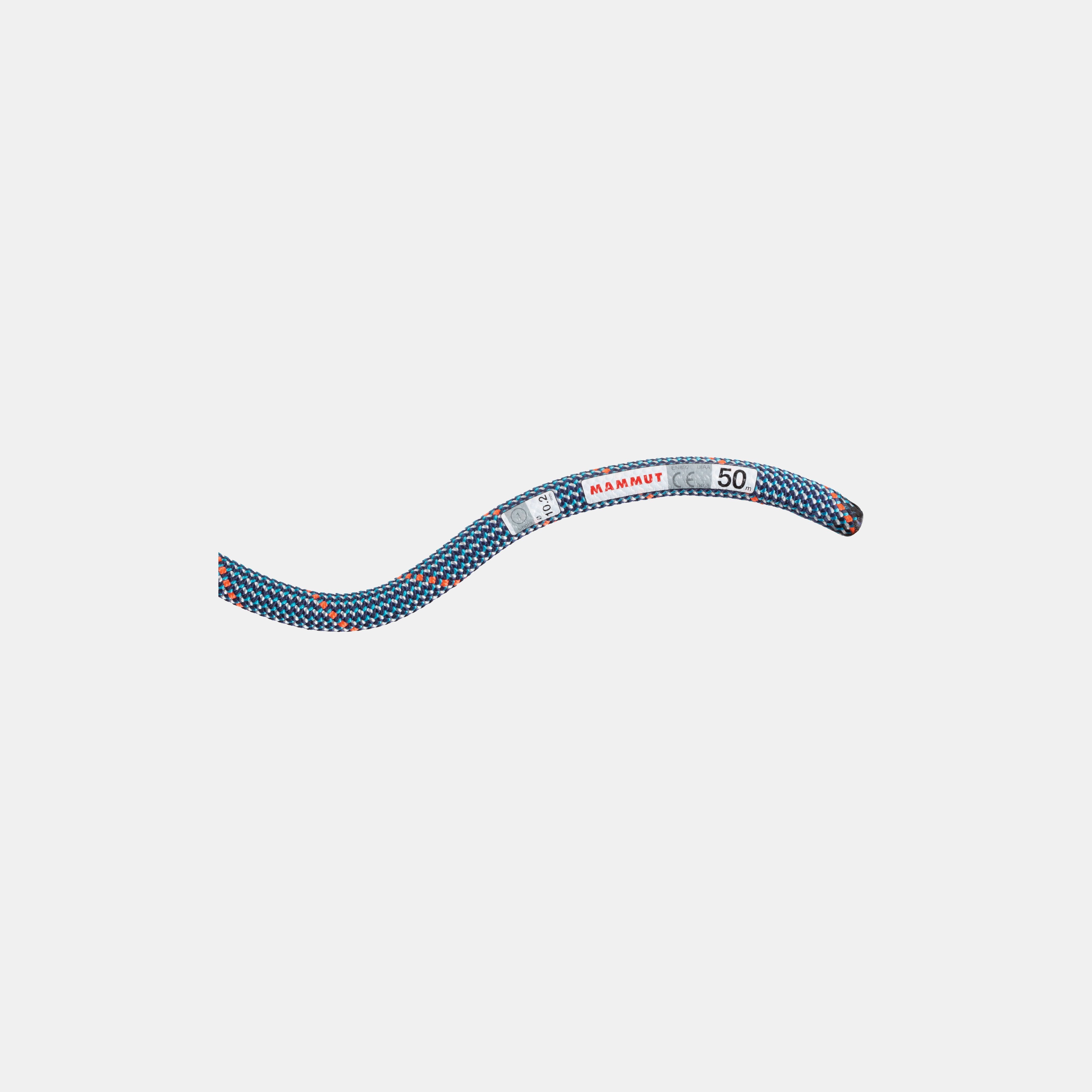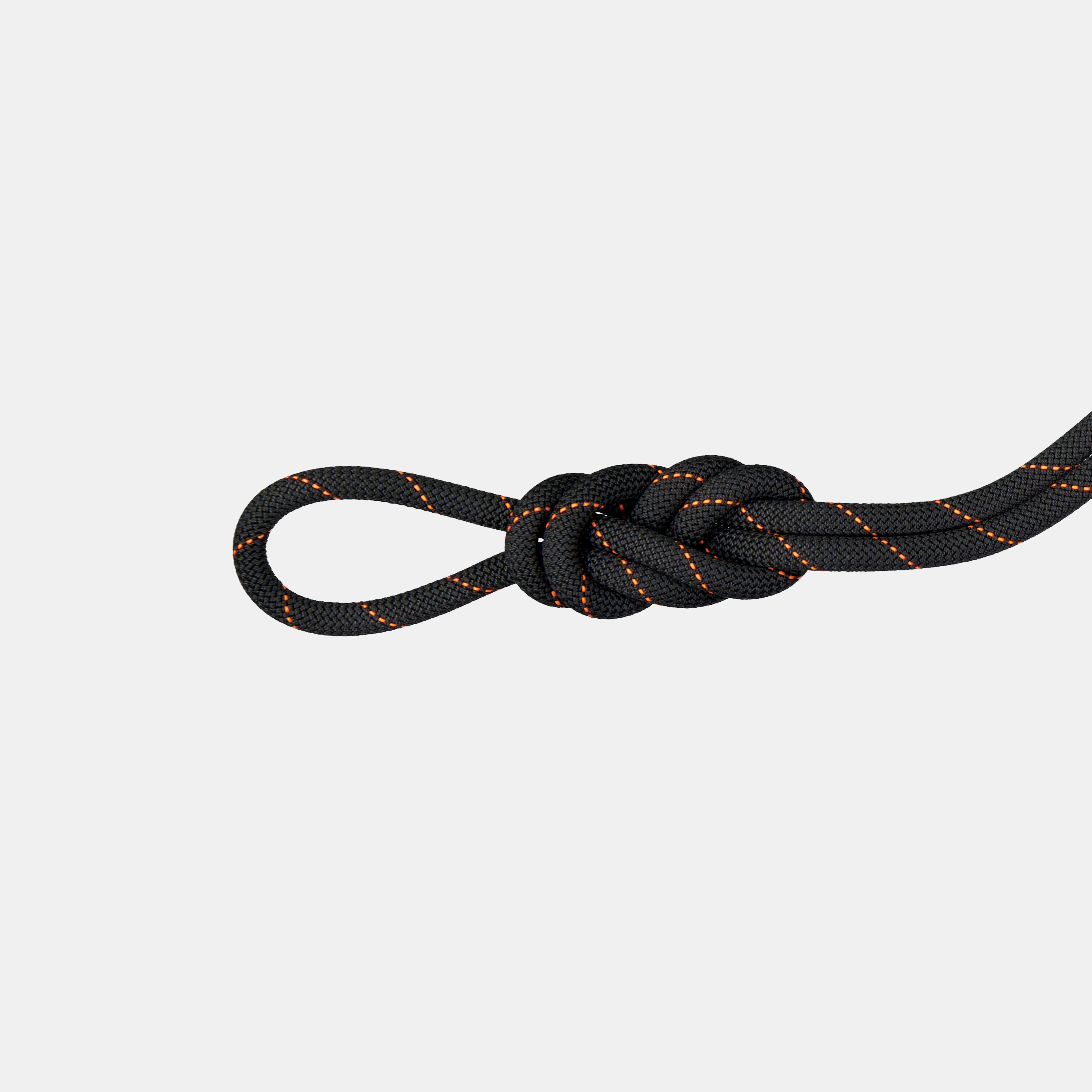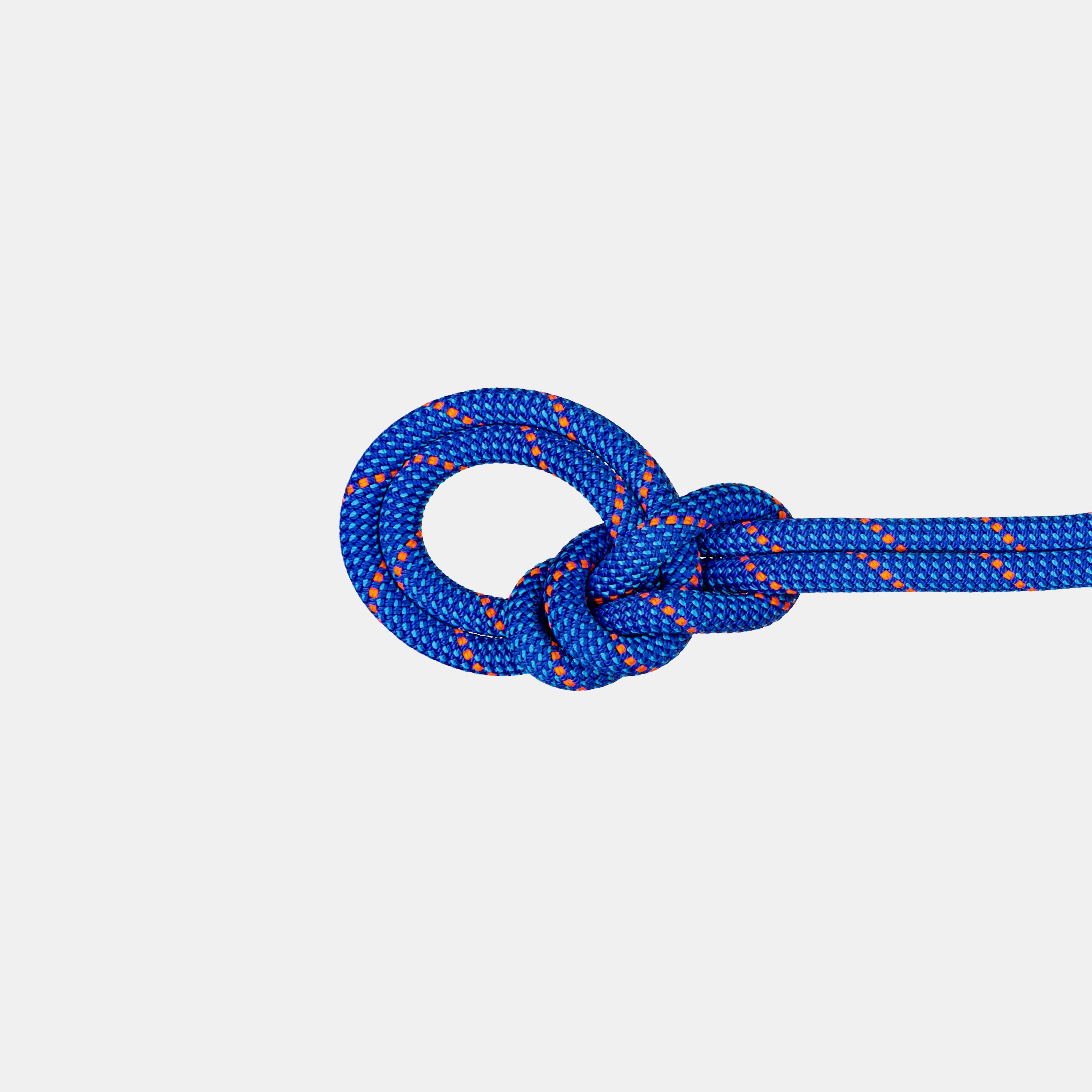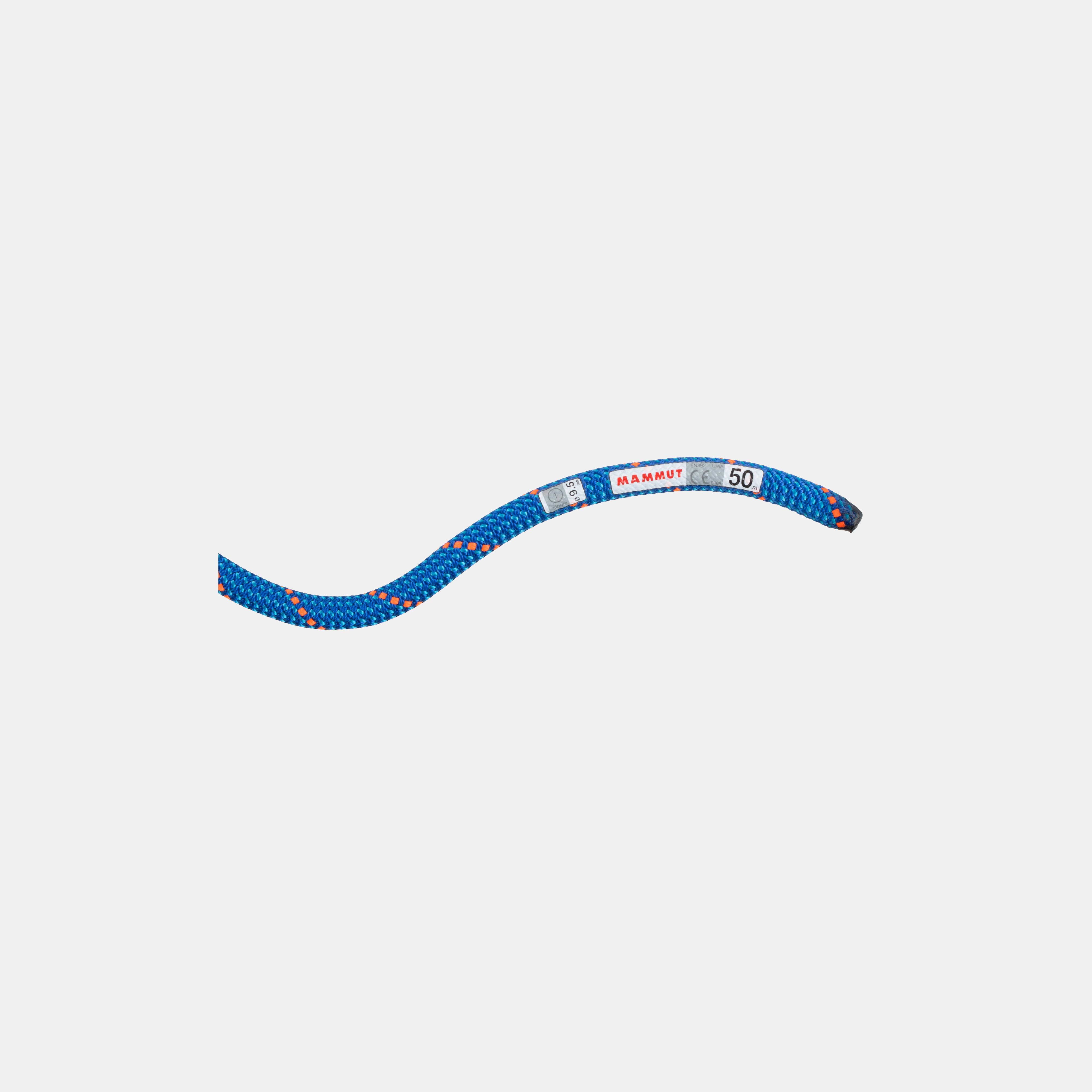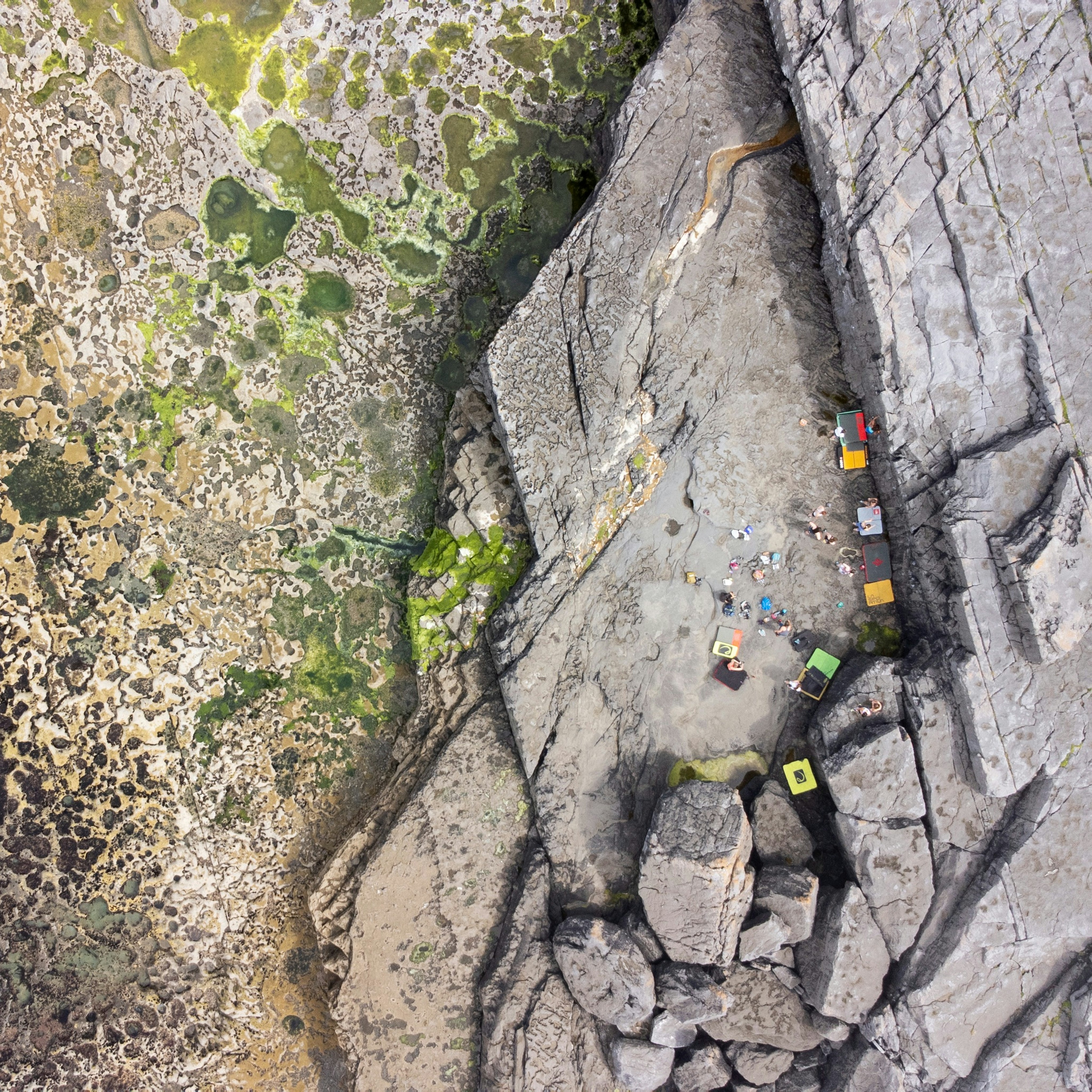How Climbing Ropes Are Tested: Strength, Durability & Safety
07/22
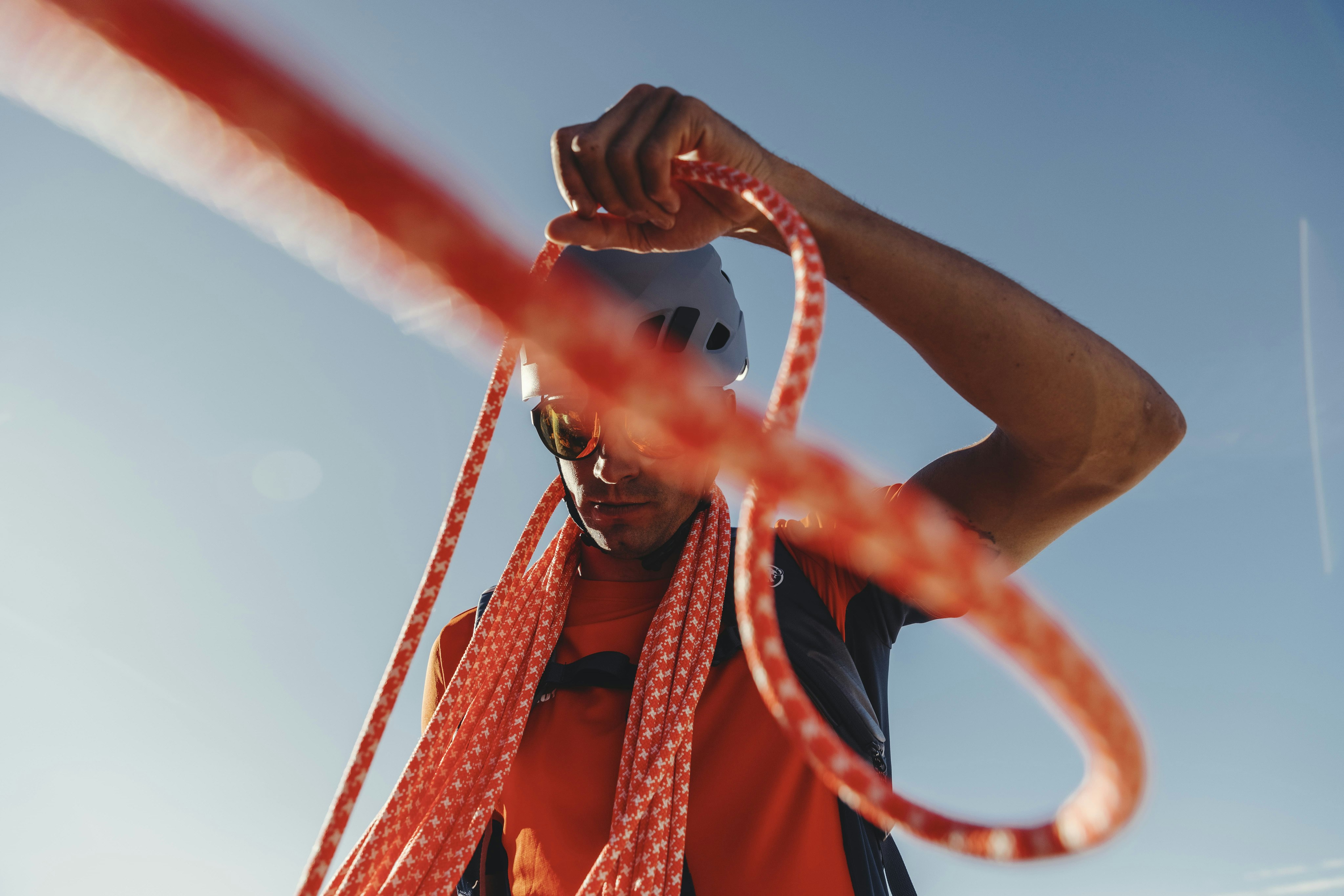
07/22
How much can a climbing rope really take? As a climber, you’ve probably asked yourself this question on more than one occasion. Now, we have the answer.
Since Mammut began making ropes back in 1862, the climbing world has evolved into a market that encompasses a huge range of specialized products for all manner of climbing pursuits. The result is that not all ropes are equal.
You may have heard of terms like standard fall, sheath percentage, and impact force, but the way these factors are meticulously measured, and the impact they have on your climbing experience is often underestimated. Designing, producing and testing today’s highly-specialized climbing ropes is a complicated game, but one that has evolved to deliver simply remarkable results for the climbing community. Which is why we’ve decided to take a deep dive behind the scenes to uncover how ropes are tested and why those results matter when you’re making your next move.
1, 2, 3 ... testing, testing
There’s no denying we have high demands for our climbing ropes. We subject them to high loads, all kinds of weather, and extreme temperatures. We pull them over rocks, ice, metal, and through dirt and water, over and over again. That’s why they are tested extensively under the most extreme conditions possible during the design process.
To ensure all climbing ropes meet a safe standard, the European Committee for Standardization (CEN) has set out guidelines and requirements for mountain sports ropes within the EN-892 testing parameters. These guidelines set the standards for all rope manufacturers. The framework outlines two specific types of tests to measure what any rope is capable of: dynamic and non-dynamic.

Dynamic testing
Standard fall
Standard falls are used to calculate the three key characteristics of climbing ropes: number of falls, impact force, and elongation during the first fall. The rope is secured at one end and fed over a standardized edge, while the other end is attached to a fall sled which is dropped from a height of 4.8 meters. Single ropes are tested with a load of 80 kg, half ropes with a load of 55 kg on the single rope, and twin ropes with 80 kg on the two ropes. This particular test is used to measure a series of variables, including rope stretch (or elongation) and impact force. For additional demands, the standard fall test is static. In practice when climbing with a partner, your harnesses, belay devices and bodies also absorb some of this energy in a fall arrest, which means the forces generated are always considerably lower than in the standard fall test scenario.
Number of falls
The number of falls is calculated by carrying out the standard fall test until a break occurs. For example, if a rope breaks on the eighth standard fall, its designated number of falls is seven. The higher the number of falls, the higher the safety reserves. According to the CEN standards, single and half ropes need to withstand at least five standard falls, while twin ropes need to withstand at least twelve. The high demands of the static test fall mean that a climbing rope that is used correctly and cared for appropriately will withstand a high number of falls from heights of well over 4.8 meters.
"Single ropes are tested with a load of 80 kg, half ropes with a load of 55 kg on the single rope, and twin ropes with 80 kg on the two ropes."
Impact force
As mentioned earlier, during a fall arrest, energy is dissipated through factors such as the stretch of the rope and the movement of the belayer. This reduces the forces applied to the climber's body. The impact force measured is the residual energy that “reaches you”, as it were. This value is also measured during the standard fall, which makes the conditions significantly more demanding than a fall in practice. A maximum of 12 kN is specified by CEN for single and twin ropes, and a maximum of 8 kN for half ropes.
Elongation during first fall
During the first fall, a rope stretches to the length that it will then retain. It stretches on all subsequent falls too, but its absolute length will no longer change. In the standard fall test, the elongation during first fall must not exceed 40%, according to CEN standards. If this figure is too high, this represents a potential risk, even with a good belay partner. As the stretch of the rope affects impact force, one of the key challenges in rope production is reducing impact force without increasing elongation values.

Non-dynamic testing
Diameter and weight per meter
Did you know that a rope doesn't have the same diameter over its entire length? The millimeter figure shown at the ends of the rope and on the packaging represent an average diameter calculated under static loading.
As is so often the case, this brings advantages and drawbacks: thin ropes are easy to carry, and easier to pull. However, the reduced friction – in particular in the belay device – should also be considered. Under the same usage conditions, the thinner rope will also wear faster than a thicker rope.
"The higher the number of falls, the higher the safety reserves of a rope."
Sheath slippage
Climbing ropes consist of a core surrounded by a sheath. While the primary function of the sheath is to protect the rope, the core plays a role in load-bearing capacity. If the sheath and core move or slip while climbing and rappelling, this can cause the rope to lose its shape, which in turn makes handling more difficult. Sheath slippage is calculated by drawing a section of rope through a small opening five times. The maximum movement in sheath relative to core should be no more than 20 millimeters. However, sheath slippage now rarely occurs in modern climbing ropes.
Waterproofing
A dry rope is a happy rope. A rope saturated with water is less easy to handle and is at risk of freezing, plus its strength can be impaired. Just like your favorite hardshell, ropes with a waterproofing treatment repel water. The UIAA Water-Repellent test specifies that a rope must absorb no more than 5 percent of its own weight. Mammut’s Dry ropes test with a maximum of 1.5 percent water absorption.
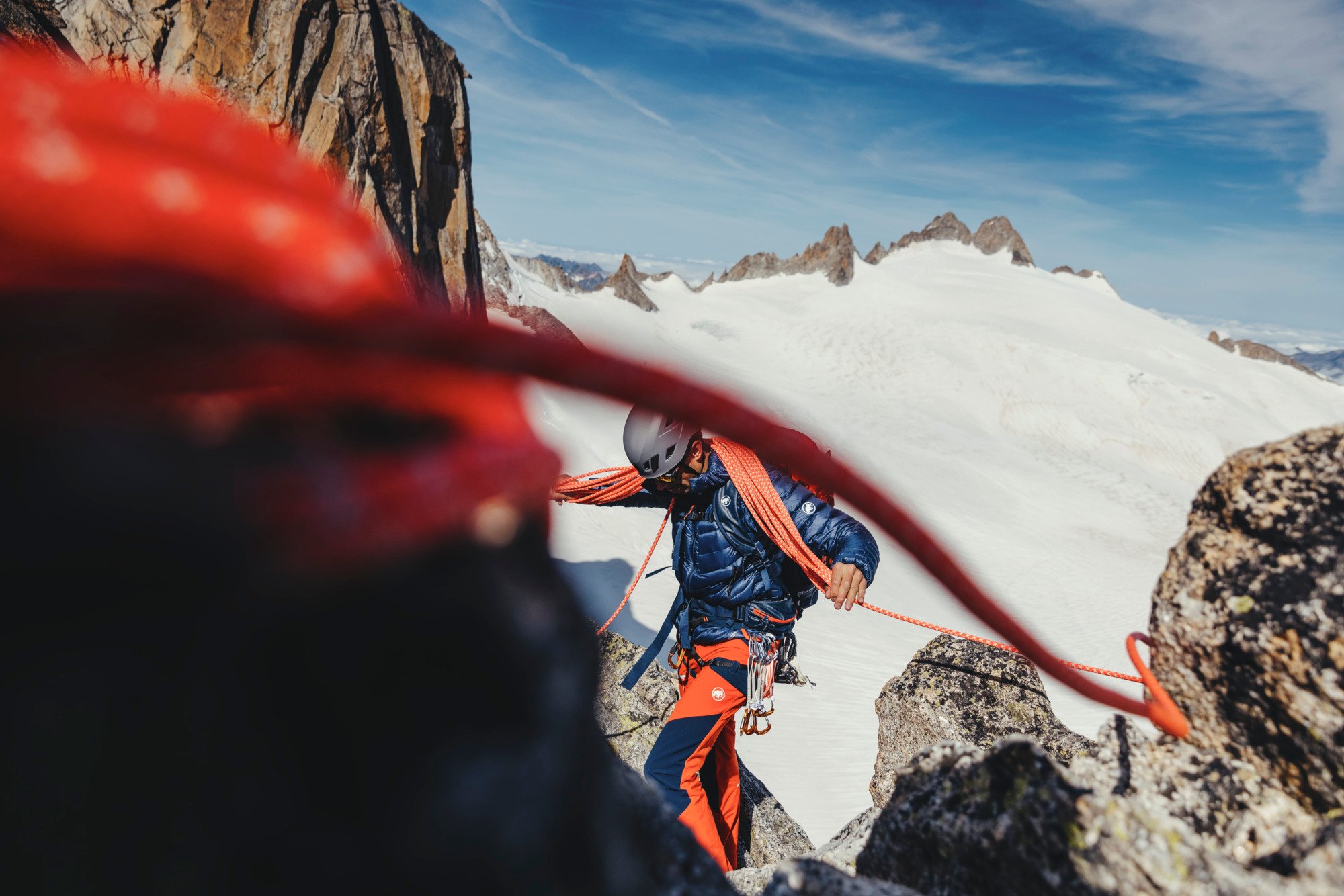
Everything has an end, only a rope has two
Testing techniques and guidelines for climbing ropes may seem like complicated topics. They are, and for good reason. Tests are designed to push the limits of any conceivable eventuality, because performance and safety are inextricably linked in the mountains. These guidelines allow you to choose a climbing rope with the features to match your needs and give direction for maintenance tips to make sure you and your rope go the distance. Happy projecting.
